Winter Damage To Cedars: Repairing Winter Damage On Cedar Trees
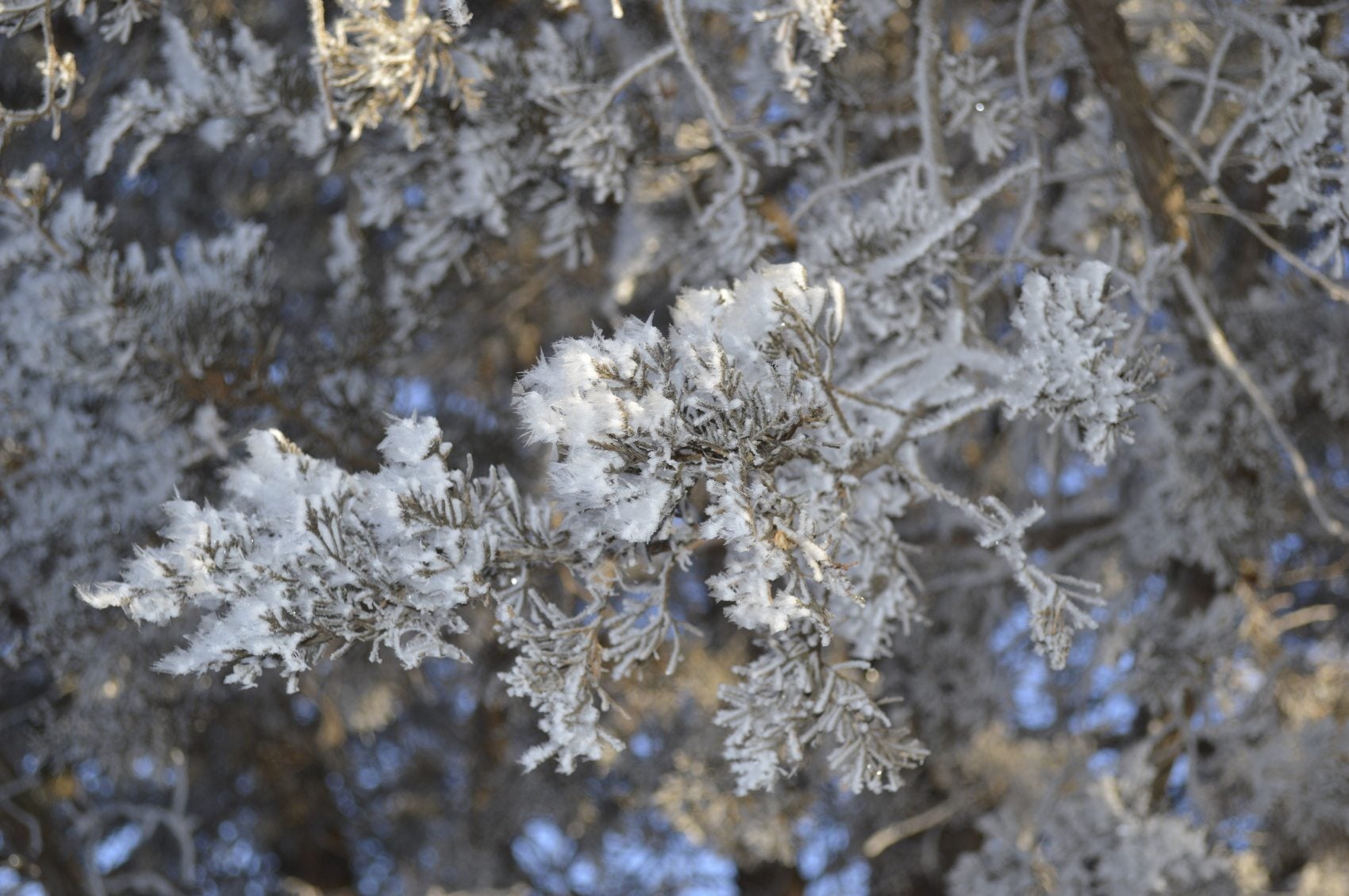

Are you seeing dead needles appear on the outer edges of your cedars? This could be symptomatic of winter damage to cedars. Winter cold and ice can result in winter damage to trees and shrubs, including Blue Atlas cedar, deodar cedar, and Lebanon cedar. You may not see the evidence of freeze damage until after temperatures warm and growth starts up again. Read on for information about cedar trees and winter damage.
Cedar Trees and Winter Damage
Cedars are evergreen conifers with needle-like leaves that stay on the tree all winter long. The trees go through “hardening off” in the autumn to prepare them for winter’s worst. The trees close down growth and slow transpiration and consumption of nutrients. You need to think about cedar trees and winter damage after you experience a few warm days in winter. Winter damage to cedars occurs when cedars are warmed all day by the winter sun. Cedar trees damaged in winter are those that receive enough sunshine to make the needle cells thaw.
Cedar Trees Damaged in Winter
Winter damage to trees and shrubs happens the same day the foliage thaws. The temperature drops at night and the needle cells freeze again. They burst as they refreeze and, in time, die off. This results in the winter damage to cedars you see in spring, like dead foliage. Read on for information about the steps you should take to begin repairing winter damage on cedar.
Repairing Winter Damage on Cedar Trees
You won’t be able to tell immediately if the weather has caused winter damage to trees and shrubs since all cedars lose some needles in fall. Don’t take any action to start repairing winter damage on cedar trees until you can inspect the new spring growth. Instead of pruning in spring, fertilize the trees with landscape tree food, then apply a liquid feeder to the foliage daily during April and May. At some point in June, evaluate any winter damage that may be present. You can do this by scratching the stems of the cedars to see if the tissue beneath is green. Prune back any branches where the tissue is brown. Cut back each branch to healthy stems with green tissue. Once you have removed the winter damage to your trees and shrubs, prune the cedars to shape them. Cedars usually grow in an uneven pyramid shape and, as you cut, you should follow that shape. Leave the low branches long, then shorten the branch length as you move toward the top of the tree.
Gardening tips, videos, info and more delivered right to your inbox!
Sign up for the Gardening Know How newsletter today and receive a free copy of our e-book "How to Grow Delicious Tomatoes".

Teo Spengler is a master gardener and a docent at the San Francisco Botanical Garden, where she hosts public tours. She has studied horticulture and written about nature, trees, plants, and gardening for more than two decades. Her extended family includes some 30 houseplants and hundreds of outdoor plants, including 250 trees, which are her main passion. Spengler currently splits her life between San Francisco and the French Basque Country, though she was raised in Alaska, giving her experience of gardening in a range of climates.
-
 Looking For Plants To Give You The Soft And Fuzzies? Try These 5 Fuzzy Leaf Plant Options
Looking For Plants To Give You The Soft And Fuzzies? Try These 5 Fuzzy Leaf Plant OptionsLovers of texture, drama, silver foliage and tactile plants will adore these special sensory garden additions. These fuzzy leaf plant options will leave you all aglow
By Susan Albert
-
 Get Ready For A Summer Of Hummers! Grow These Full Sun Hummingbird Plants and Flowers
Get Ready For A Summer Of Hummers! Grow These Full Sun Hummingbird Plants and FlowersIf you’re lucky enough to enjoy a sunny backyard, make sure you are maxing out on your pollinator opportunities and grow these full sun hummingbird plants and flowers
By Tonya Barnett
-
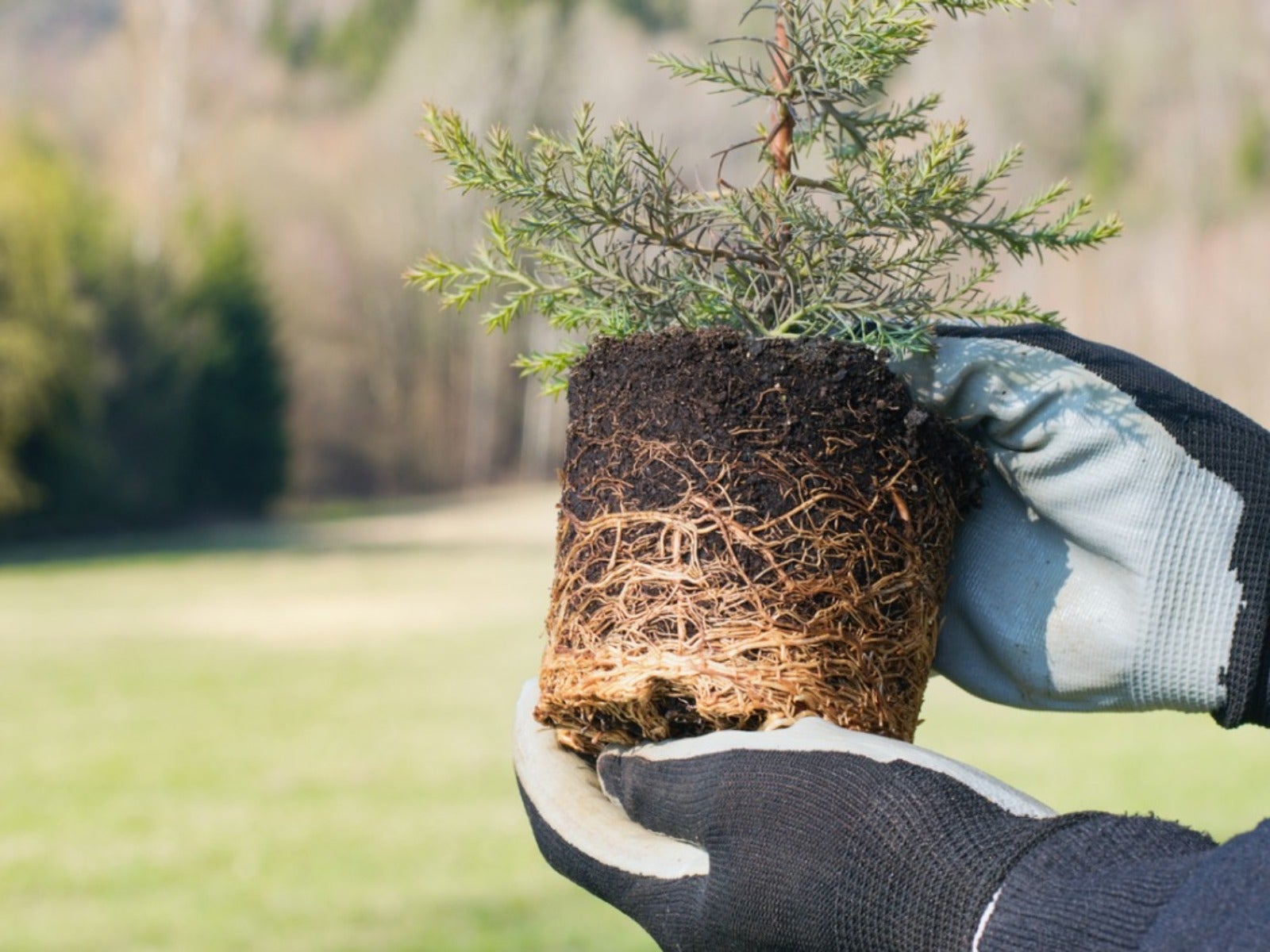 Simple Tips For Transplanting Cedar Trees With Ease
Simple Tips For Transplanting Cedar Trees With EaseYou can transplant a cedar tree. These few tips will help you move your large cedar to a new location. Click for more.
By Teo Spengler
-
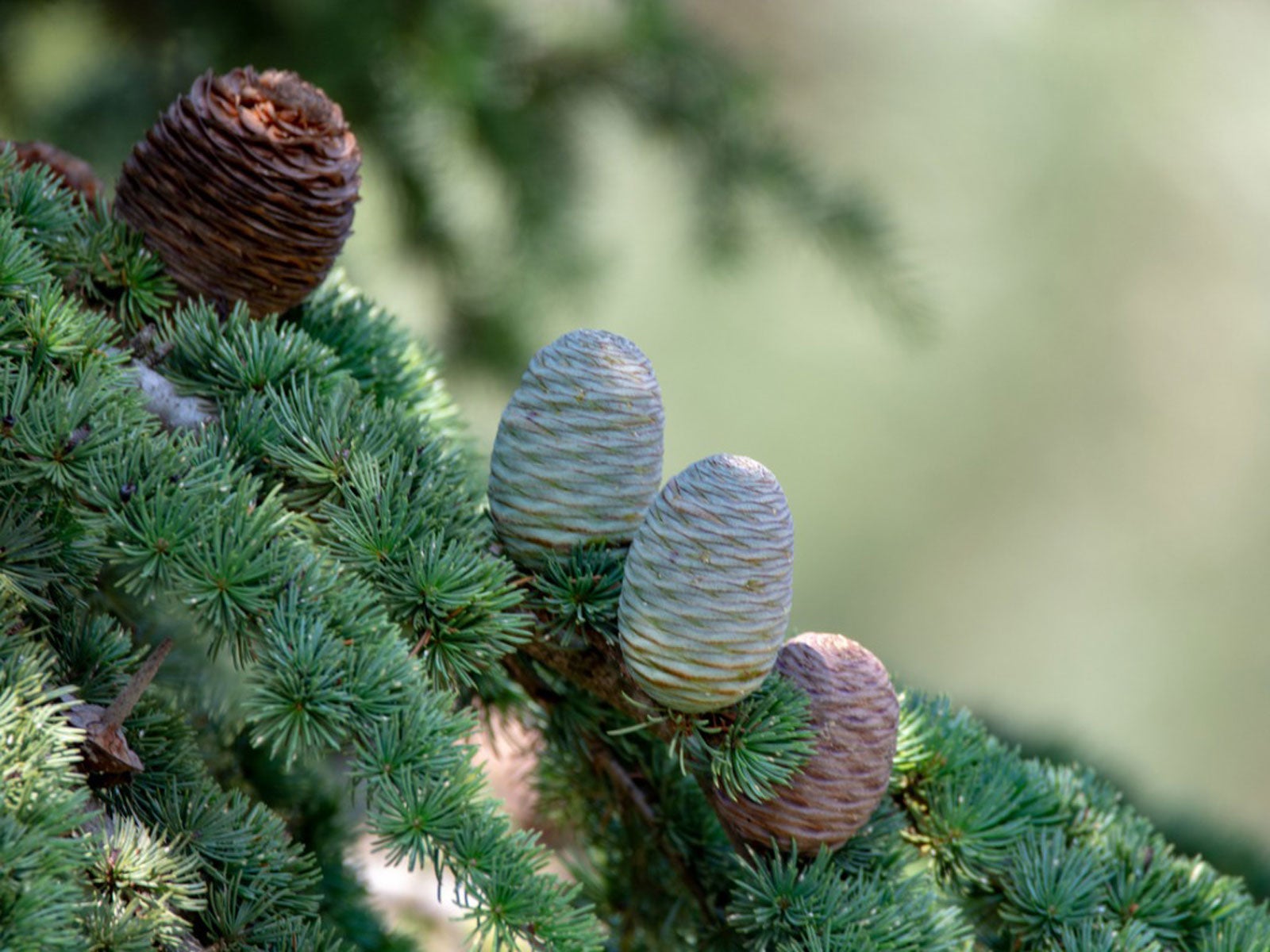 Deodar Seed Planting Guide – How To Grow A Deodar Cedar From Seed
Deodar Seed Planting Guide – How To Grow A Deodar Cedar From SeedDeodar cedar is a beautiful conifer with soft blue foliage. Purchasing a tree can be expensive, but you can grow one from seed. Click here.
By Teo Spengler
-
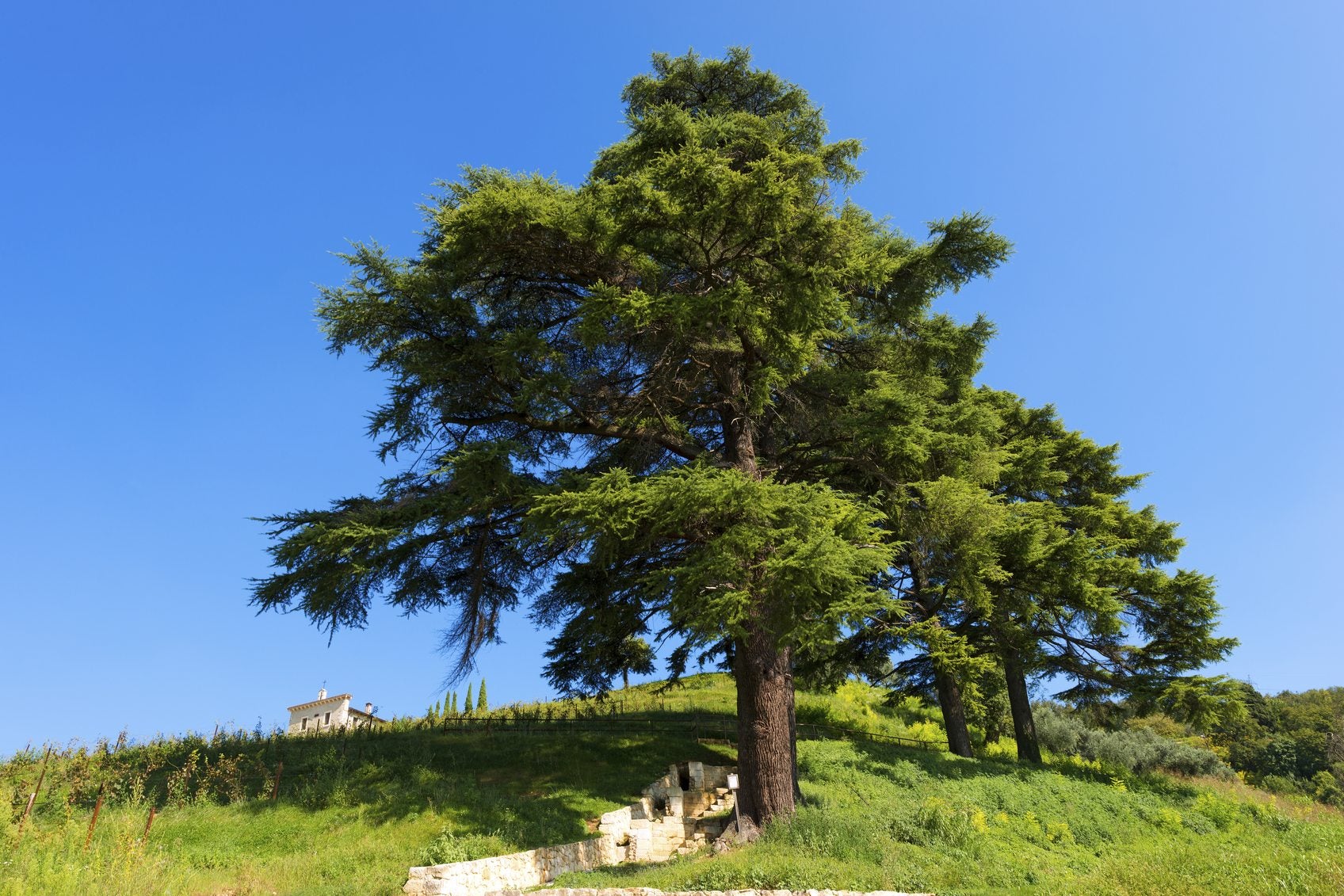 Cedar Of Lebanon Tree – How To Grow Lebanon Cedar Trees
Cedar Of Lebanon Tree – How To Grow Lebanon Cedar TreesThe cedar of Lebanon tree is an evergreen with beautiful wood that has been used for thousands of years. If you are interested in growing cedar of Lebanon trees, this article has tips about cedar of Lebanon care.
By Teo Spengler
-
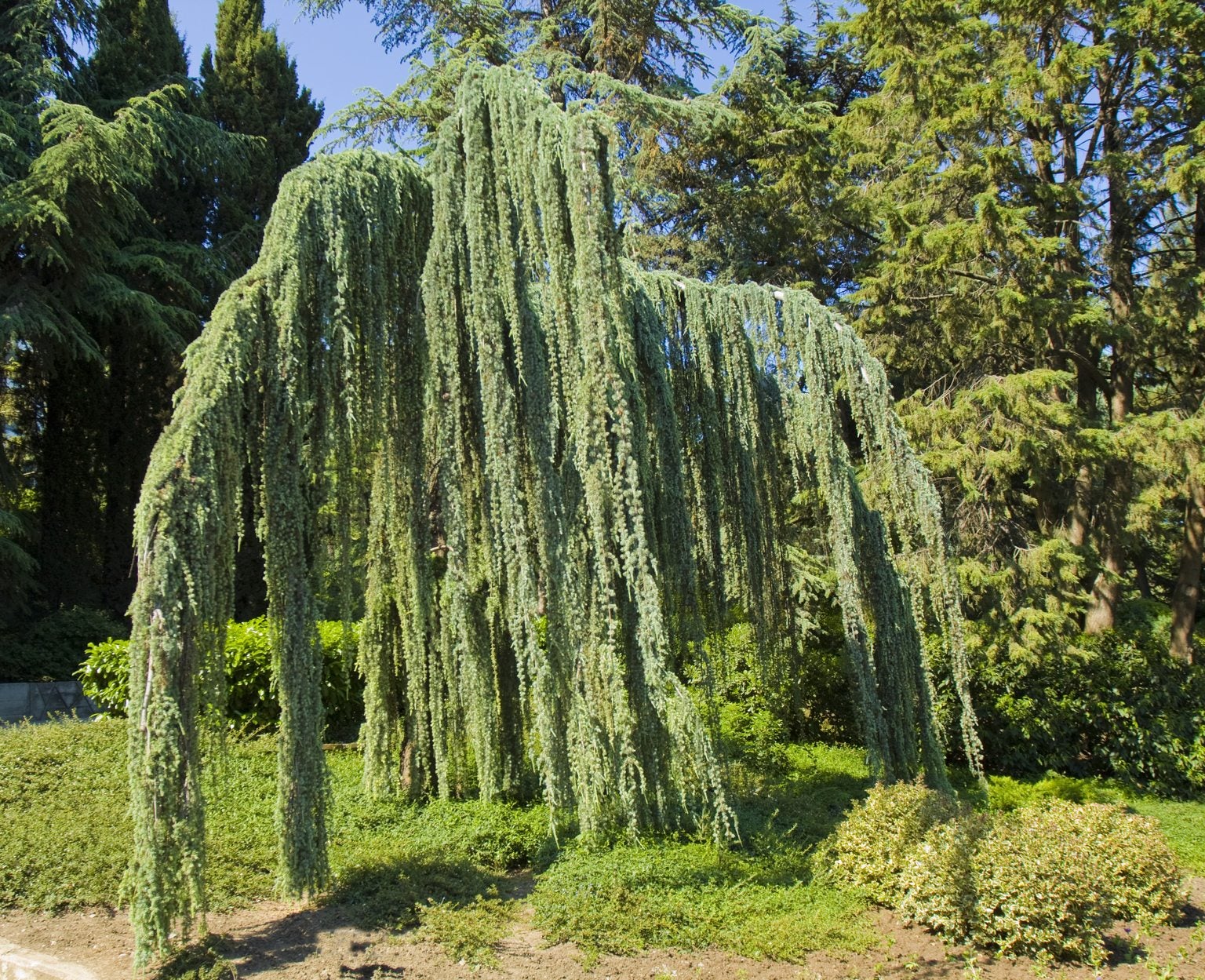 Blue Atlas Cedars: Caring For A Blue Atlas Cedar In The Garden
Blue Atlas Cedars: Caring For A Blue Atlas Cedar In The GardenBlue Atlas is among the most popular cedar cultivars in this country, with its beautiful powdery blue needles. For more information about Blue Atlas cedar trees and care, the following article can help. Click here to learn more.
By Teo Spengler
-
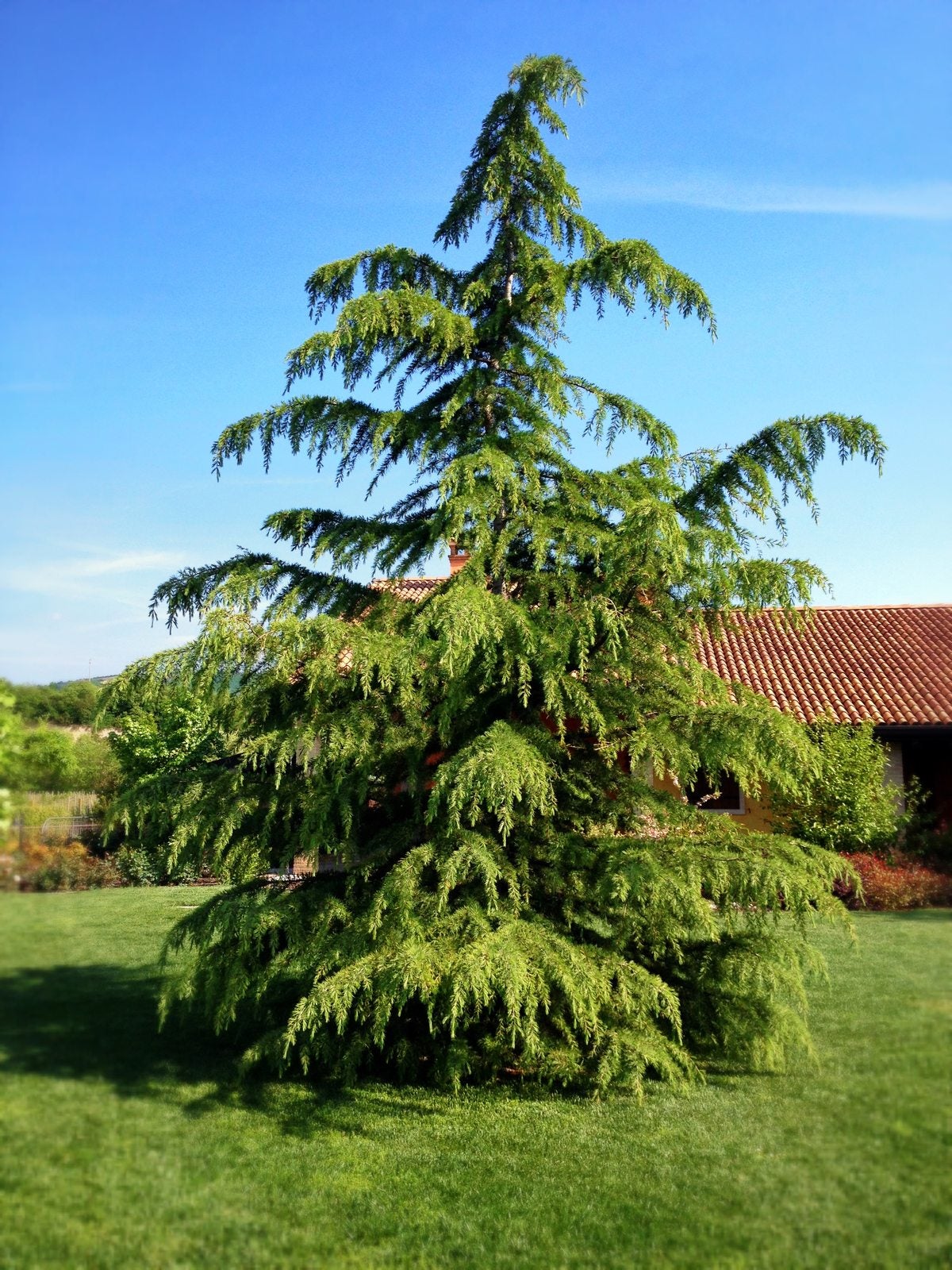 When To Trim Cedar Trees: Guide To Pruning Cedar Trees In The Garden
When To Trim Cedar Trees: Guide To Pruning Cedar Trees In The GardenSome experts recommend against ever pruning cedar trees. However, if cutting back cedar trees is in the cards, proceed very carefully. This article contains information about how and when to trim cedar trees safely.
By Teo Spengler
-
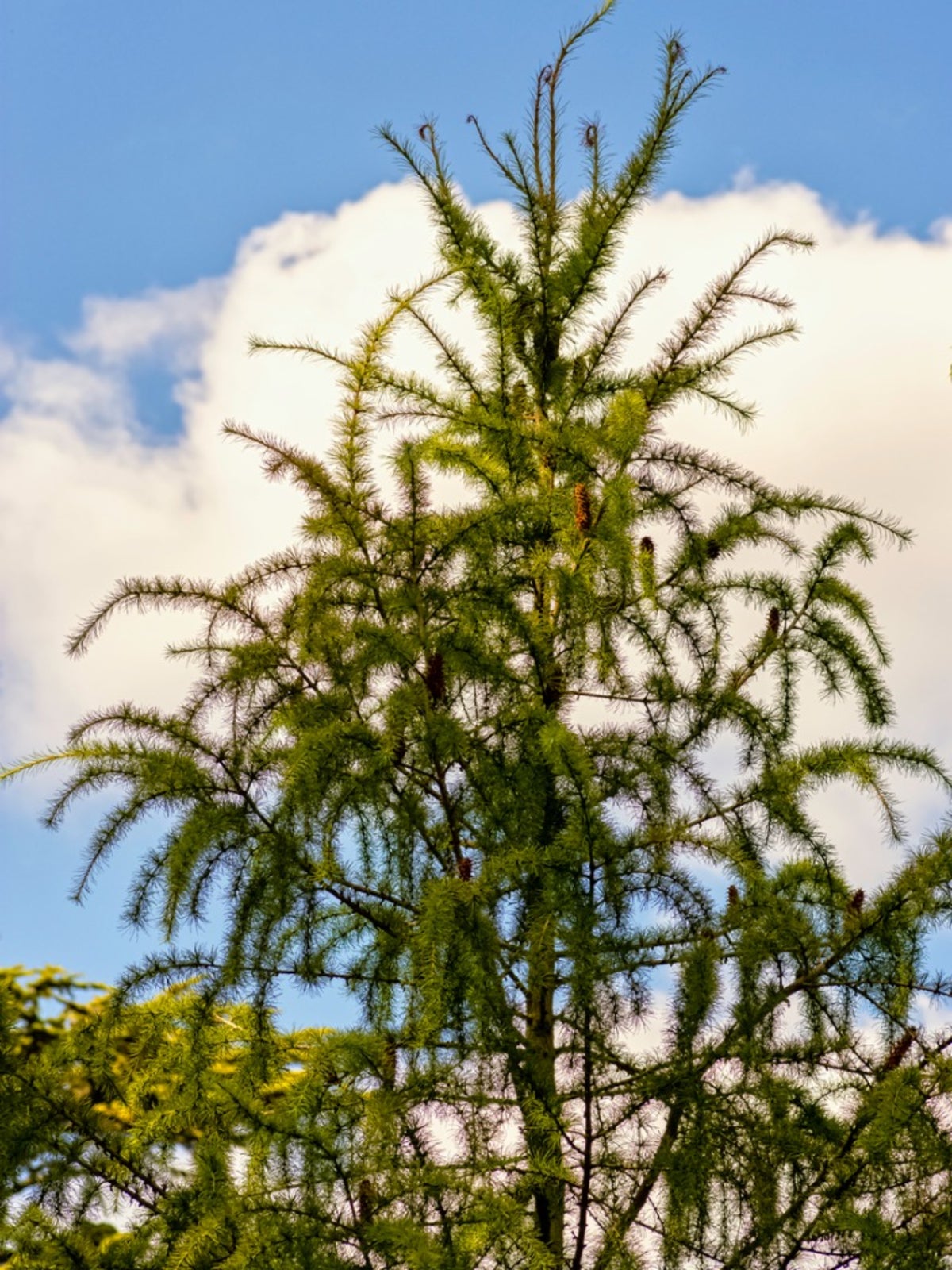 Deodar Cedar Info: Tips On Growing Deodar Cedar In The Landscape
Deodar Cedar Info: Tips On Growing Deodar Cedar In The LandscapeEvergreen Deodar cedar trees are perfect in warmer climates for providing winter interest, soft hedges and impressive silhouettes .
By Teo Spengler
-
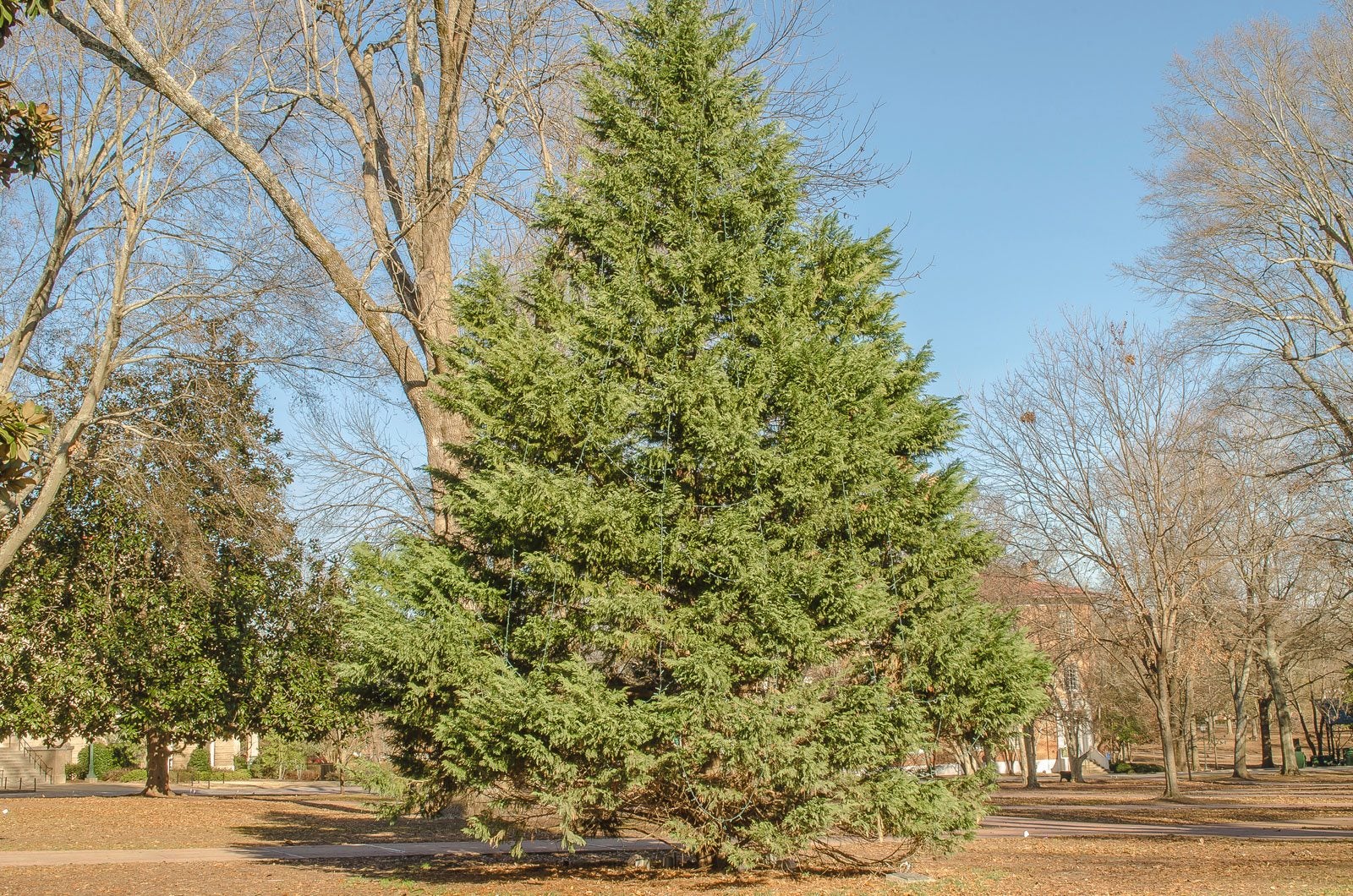 Cedar Tree Care: Tips For How To Grow Cedar Trees
Cedar Tree Care: Tips For How To Grow Cedar TreesAttractive and normally trouble-free, cedar trees can be great additions to the landscape. To learn more about cedar tree care or how to grow cedar trees, you may find the following information helpful.
By Susan Patterson